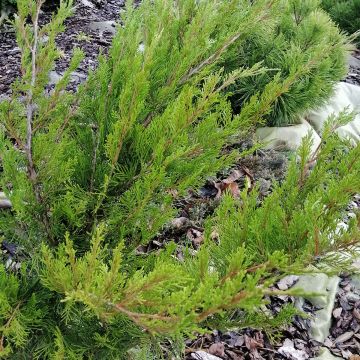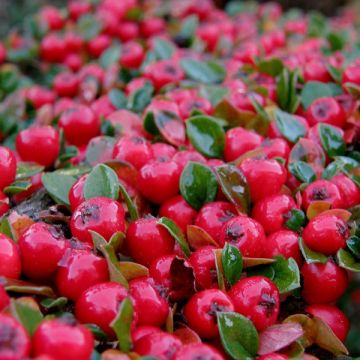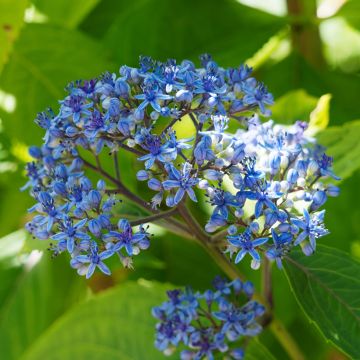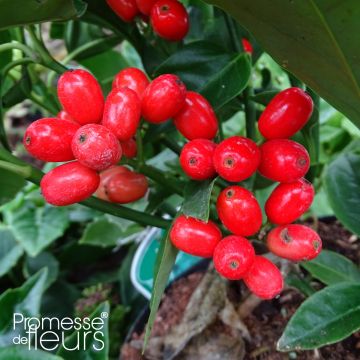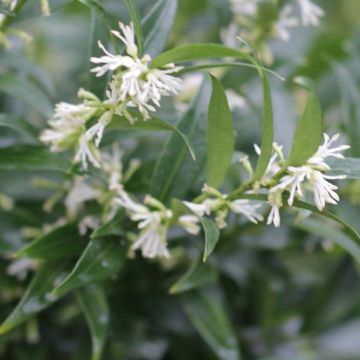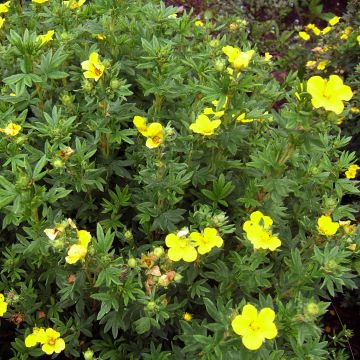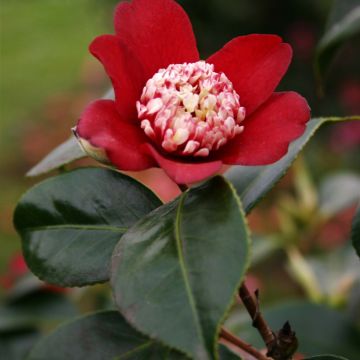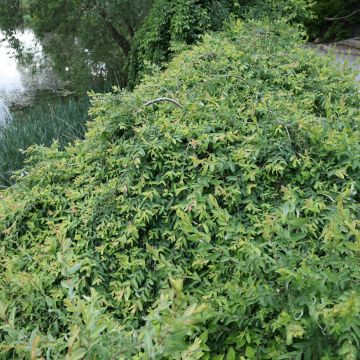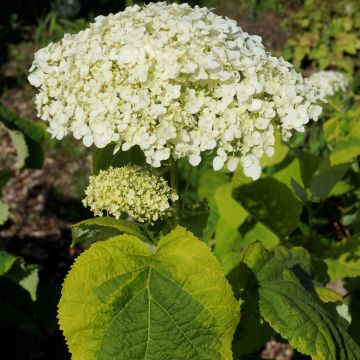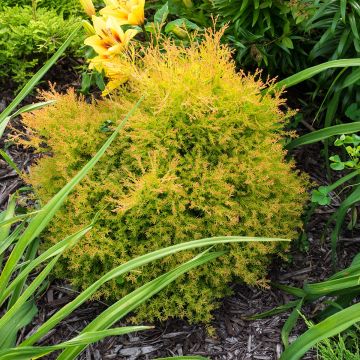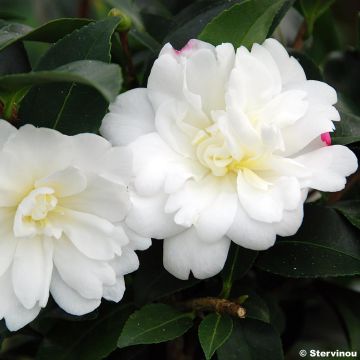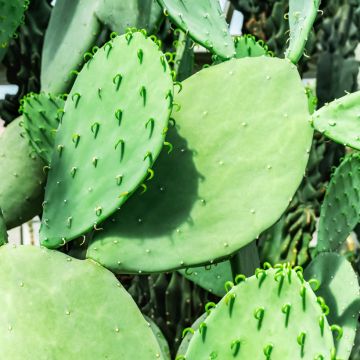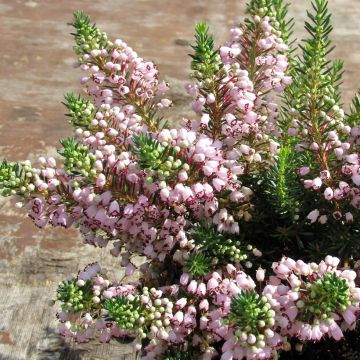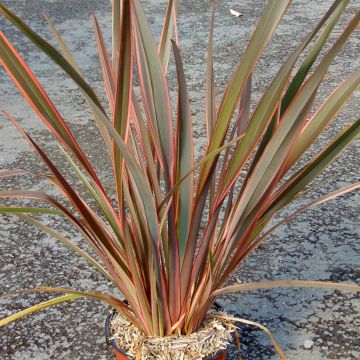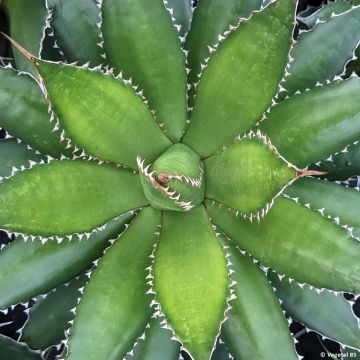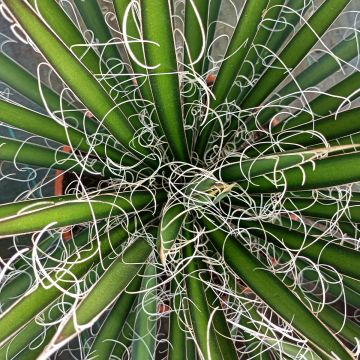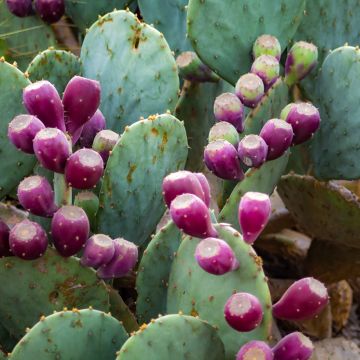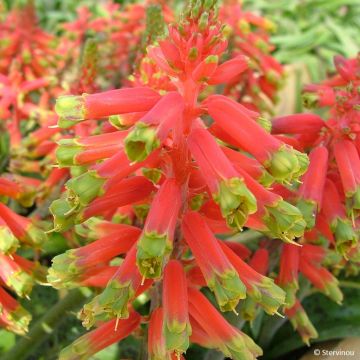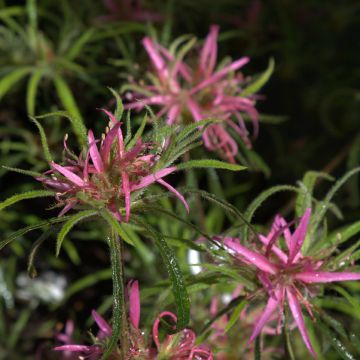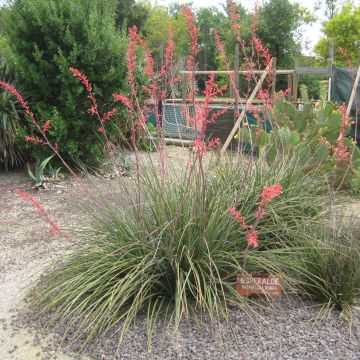Shipping country and language
Your country of residence may be:
Your country of residence is:
For a better user experience on our website, you can select:
Your shipping country:
Andorra
Austria
Belgium
Bulgaria
Canada
Chile
Croatia
Cyprus
Czechia
Denmark
Estonia
Finland
France
Germany
Greece
Hungary
Iceland
Ireland
Italy
Latvia
Lithuania
Luxembourg
Malta
Monaco
Netherlands
Poland
Portugal
Romania
Slovakia
Slovenia
Spain
Sweden
Switzerland
United Kingdom
We only deliver seed and bulb products to your country. If you add other products to your basket, they cannot be shipped.
Language:
French
German
Spanish
English
My Account
Hello
My wish lists
Plantfit
Log in / Register
Existing customer?
New customer?
Create an account to track your orders, access our customer service and, if you wish, make the most of our upcoming offers.
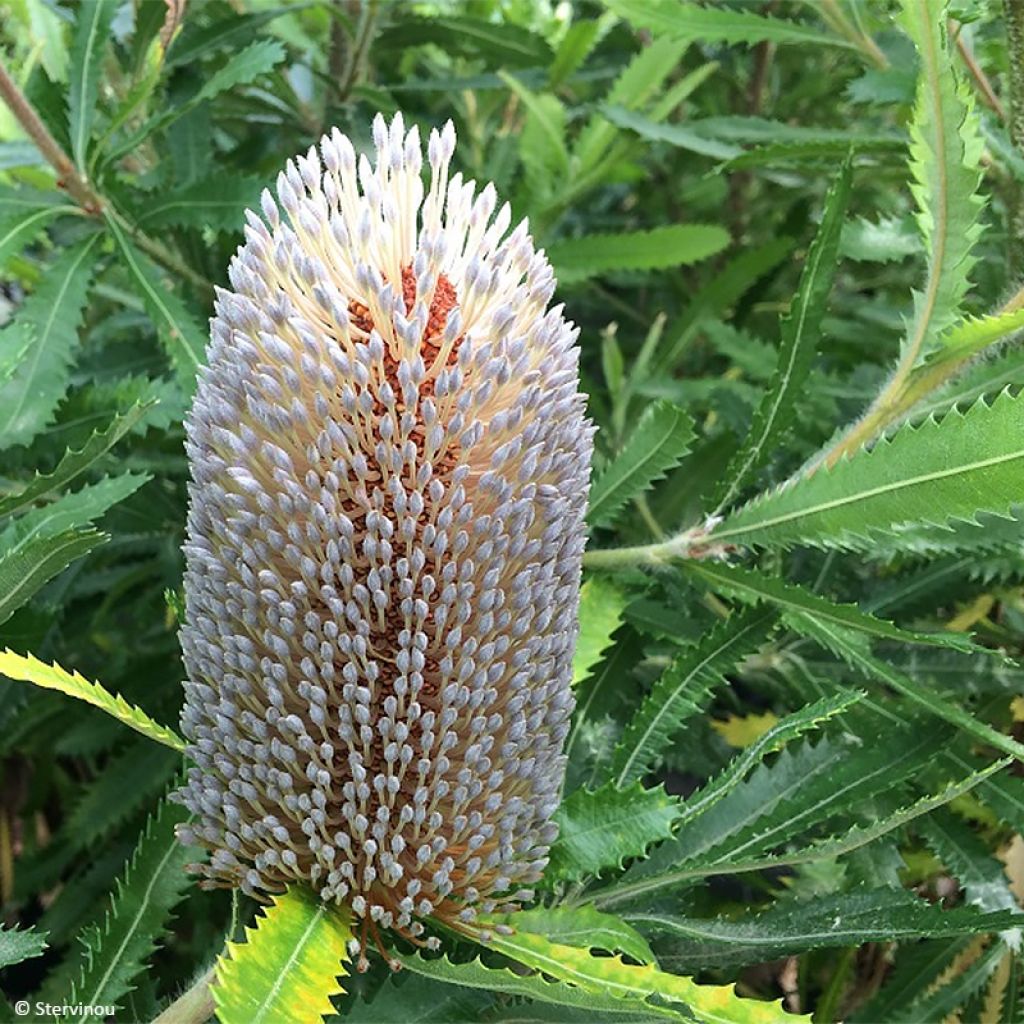

Banksia serrata
Banksia serrata
Banksia serrata
Saw Banksia, Red Honeysuckle
Order in the next for dispatch today!
Dispatch by letter from €3.90.
Delivery charge from €5.90 Oversize package delivery charge from €6.90.
More information
This item is not available in your country.
Schedule delivery date,
and select date in basket
This plant carries a 24 months recovery warranty
More information
We guarantee the quality of our plants for a full growing cycle, and will replace at our expense any plant that fails to recover under normal climatic and planting conditions.
From €5.90 for pickup delivery and €6.90 for home delivery
Express home delivery from €8.90.
Does this plant fit my garden?
Set up your Plantfit profile →
Description
Banksia serrata is part of a group of bushes or small trees native to the southern regions and related to proteas. This botanical species is characterized by a twisted trunk, a columnar habit, and a layered branch structure adorned with narrow, glossy leaves that are strongly dentate along the edges. Its summer flowering, typical of Banksias, takes the form of cylindrical spikes ranging in colour from yellow to grey with silvery highlights. Native to the Australian east coast, this Banksia is a frost-sensitive plant that thrives in coastal conditions and only flourishes in well-drained, acidic to neutral soils that are low in phosphorus and preferably sandy. Outside of the most favourable coastal areas, it can be cultivated as an indoor plant.
Banksia serrata belongs to the proteaceae family, just like the Grevillea and the Protea. It is native to the eastern coast of Australia, specifically the states of Victoria and Queensland, as well as Tasmania. It is almost exclusively found in coastal dunes, in sandy, acidic, poor, and well-drained soils. Its hardiness does not exceed -4°C as a mature subject. This evergreen bush or small tree, with a rather fast growth rate, generally exhibits a narrowly ovate crown carried by a short, twisted trunk covered in a grey and rough bark. Banksia serrata can reach an average height of 9m (29ft 6in) with a spread of 3m, depending on the growing conditions. Its branches bear entire, leathery leaves with a shiny medium green colour on the upper side, lighter on the underside, arranged in whorls. These leaves are long and narrow, with a serrated margin.
The flowering of the Banksia serrata usually takes place in June and July. The inflorescences emerge from nodes aged two to three years and are often nestled in the foliage. They are terminal, cylindrical, and erect spikes, 10 to 12cm (3.9 to 4.7in) tall and 5cm (2in) wide, composed of several hundred tubular flowers spirally arranged around the woody, central axis of the spike. The flowers are pollinated by insects and give rise to hard fruits in the shape of beaks. Like most Banksia species, the Banksia serrata needs the heat of fire to release its fruits and disperse its seeds.
Banksia serrata is an exotic plant whose cultivation is somewhat difficult, as is the case with many proteaceae. It can be grown in coastal gardens without heavy frosts. Particularly suitable for the Mediterranean coast, it tolerates summer drought well and looks good when grown as a specimen, hedge, or in the background of flower beds. In an exotic garden, it can be associated with the Canary Island Viper's Bugloss, Puyas, Euphorbia characias, Honey Spurge, Giant Fennel, Leucadendron, Melianthus major, Melaleuca gibbosa, Acacia karoo (Mimosa), palm trees, or grevilleas. It adapts well to container cultivation which allows control over the growing medium and easy winter storage.
A unique root system adapted to poor and dry soils:
Plants growing in nutrient-poor soils often form a symbiosis with soil fungi that enhance water and nutrient absorption. However, the Proteaceae family has chosen a different strategy: they develop a large number of specialized lateral roots along their main roots. These roots, called proteoid roots, are induced by rain and develop under the layer of dead leaves that cover the base of the plant. Rain promotes leaf decomposition, resulting in the release of nutrients. These ephemeral roots usually dry up at the end of the growth period. They have twice the water and nutrient absorption activity compared to "normal" roots.
Banksia serrata in pictures
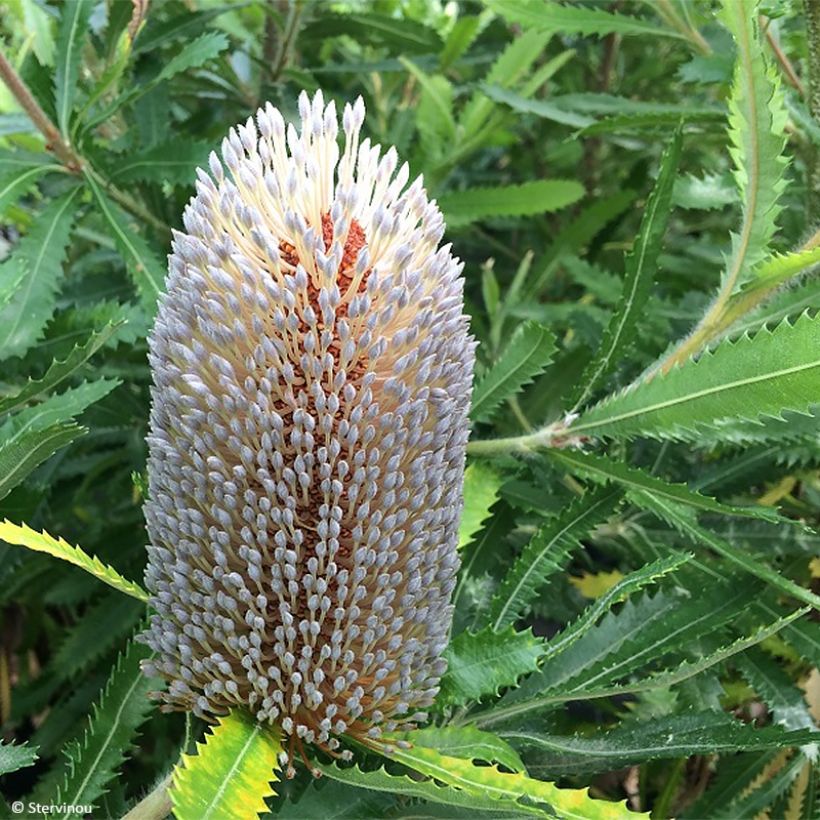

Plant habit
Flowering
Foliage
Botanical data
Banksia
serrata
Proteaceae
Saw Banksia, Red Honeysuckle
Australia
Other Shrubs A to Z
Planting and care
In open ground, in regions without heavy frosts, plant Banksia integrifolia in spring, in a sunny or partially shaded position. This plant is quite tolerant of soil but does not like permanently wet soils. While it prefers sandy soil with an acidic or neutral tendency (pH<7.5), banksia adapts well to more basic, chalky or even clayey soils if they are well-drained and loose. Water generously but infrequently (20 litres of water every 15 days) to aid establishment and promote deep rooting, especially during the first 2 summers if the weather remains dry. Stake your young Banksia for as long as it takes for it to establish its roots. Once well-established after 2 or 3 years of cultivation, Banksia grown in open ground does not require watering in summer, except in cases of exceptional drought. It tolerates salt spray and wind perfectly and is more resistant to Phytophthora attacks than other Banksias. Phytophthora is a cryptogamic disease that attacks the roots and collar of certain woody plants in soils that are both damp and warm.
Proteaceae are sensitive to excess phosphates and nitrates, so it is important to avoid giving too much fertilizer, or even give none at all. A small amount applied at the base of the plant in spring is usually sufficient. While adult plants can tolerate occasional frosts of around -7°C/-10°C (14°F) in dry soil and will regrow from the stump, young banksias should be protected from frost during their first few years, either in a frost-free location in cool climates or under fleece in regions with mild winters.
Pot cultivation:
Indoors, it is important to ensure good ventilation in the room and avoid excessively dry and hot atmospheres. A lightly heated conservatory or a frost-free greenhouse is perfect. A potted plant requires regular but spaced-out watering. Do not let the pot sit in a saucer full of water; use a pot with drainage holes in the bottom, and make sure to add a layer of clay balls or gravel to promote drainage. During the winter period, watering should be reduced by half but be careful not to let the root ball completely dry out.
Take your Banksia outside after the last frosts, and apply a layer of low-phosphorus potting soil or well-decomposed humus mixed with a bit of sand to the surface of the soil.
Planting period
Intended location
Care
This item has not been reviewed yet - be the first to leave a review about it.
Evergreen shrubs
Haven't found what you were looking for?
Hardiness is the lowest winter temperature a plant can endure without suffering serious damage or even dying. However, hardiness is affected by location (a sheltered area, such as a patio), protection (winter cover) and soil type (hardiness is improved by well-drained soil).

Photo Sharing Terms & Conditions
In order to encourage gardeners to interact and share their experiences, Promesse de fleurs offers various media enabling content to be uploaded onto its Site - in particular via the ‘Photo sharing’ module.
The User agrees to refrain from:
- Posting any content that is illegal, prejudicial, insulting, racist, inciteful to hatred, revisionist, contrary to public decency, that infringes on privacy or on the privacy rights of third parties, in particular the publicity rights of persons and goods, intellectual property rights, or the right to privacy.
- Submitting content on behalf of a third party;
- Impersonate the identity of a third party and/or publish any personal information about a third party;
In general, the User undertakes to refrain from any unethical behaviour.
All Content (in particular text, comments, files, images, photos, videos, creative works, etc.), which may be subject to property or intellectual property rights, image or other private rights, shall remain the property of the User, subject to the limited rights granted by the terms of the licence granted by Promesse de fleurs as stated below. Users are at liberty to publish or not to publish such Content on the Site, notably via the ‘Photo Sharing’ facility, and accept that this Content shall be made public and freely accessible, notably on the Internet.
Users further acknowledge, undertake to have ,and guarantee that they hold all necessary rights and permissions to publish such material on the Site, in particular with regard to the legislation in force pertaining to any privacy, property, intellectual property, image, or contractual rights, or rights of any other nature. By publishing such Content on the Site, Users acknowledge accepting full liability as publishers of the Content within the meaning of the law, and grant Promesse de fleurs, free of charge, an inclusive, worldwide licence for the said Content for the entire duration of its publication, including all reproduction, representation, up/downloading, displaying, performing, transmission, and storage rights.
Users also grant permission for their name to be linked to the Content and accept that this link may not always be made available.
By engaging in posting material, Users consent to their Content becoming automatically accessible on the Internet, in particular on other sites and/or blogs and/or web pages of the Promesse de fleurs site, including in particular social pages and the Promesse de fleurs catalogue.
Users may secure the removal of entrusted content free of charge by issuing a simple request via our contact form.
The flowering period indicated on our website applies to countries and regions located in USDA zone 8 (France, the United Kingdom, Ireland, the Netherlands, etc.)
It will vary according to where you live:
- In zones 9 to 10 (Italy, Spain, Greece, etc.), flowering will occur about 2 to 4 weeks earlier.
- In zones 6 to 7 (Germany, Poland, Slovenia, and lower mountainous regions), flowering will be delayed by 2 to 3 weeks.
- In zone 5 (Central Europe, Scandinavia), blooming will be delayed by 3 to 5 weeks.
In temperate climates, pruning of spring-flowering shrubs (forsythia, spireas, etc.) should be done just after flowering.
Pruning of summer-flowering shrubs (Indian Lilac, Perovskia, etc.) can be done in winter or spring.
In cold regions as well as with frost-sensitive plants, avoid pruning too early when severe frosts may still occur.
The planting period indicated on our website applies to countries and regions located in USDA zone 8 (France, United Kingdom, Ireland, Netherlands).
It will vary according to where you live:
- In Mediterranean zones (Marseille, Madrid, Milan, etc.), autumn and winter are the best planting periods.
- In continental zones (Strasbourg, Munich, Vienna, etc.), delay planting by 2 to 3 weeks in spring and bring it forward by 2 to 4 weeks in autumn.
- In mountainous regions (the Alps, Pyrenees, Carpathians, etc.), it is best to plant in late spring (May-June) or late summer (August-September).
The harvesting period indicated on our website applies to countries and regions in USDA zone 8 (France, England, Ireland, the Netherlands).
In colder areas (Scandinavia, Poland, Austria...) fruit and vegetable harvests are likely to be delayed by 3-4 weeks.
In warmer areas (Italy, Spain, Greece, etc.), harvesting will probably take place earlier, depending on weather conditions.
The sowing periods indicated on our website apply to countries and regions within USDA Zone 8 (France, UK, Ireland, Netherlands).
In colder areas (Scandinavia, Poland, Austria...), delay any outdoor sowing by 3-4 weeks, or sow under glass.
In warmer climes (Italy, Spain, Greece, etc.), bring outdoor sowing forward by a few weeks.
